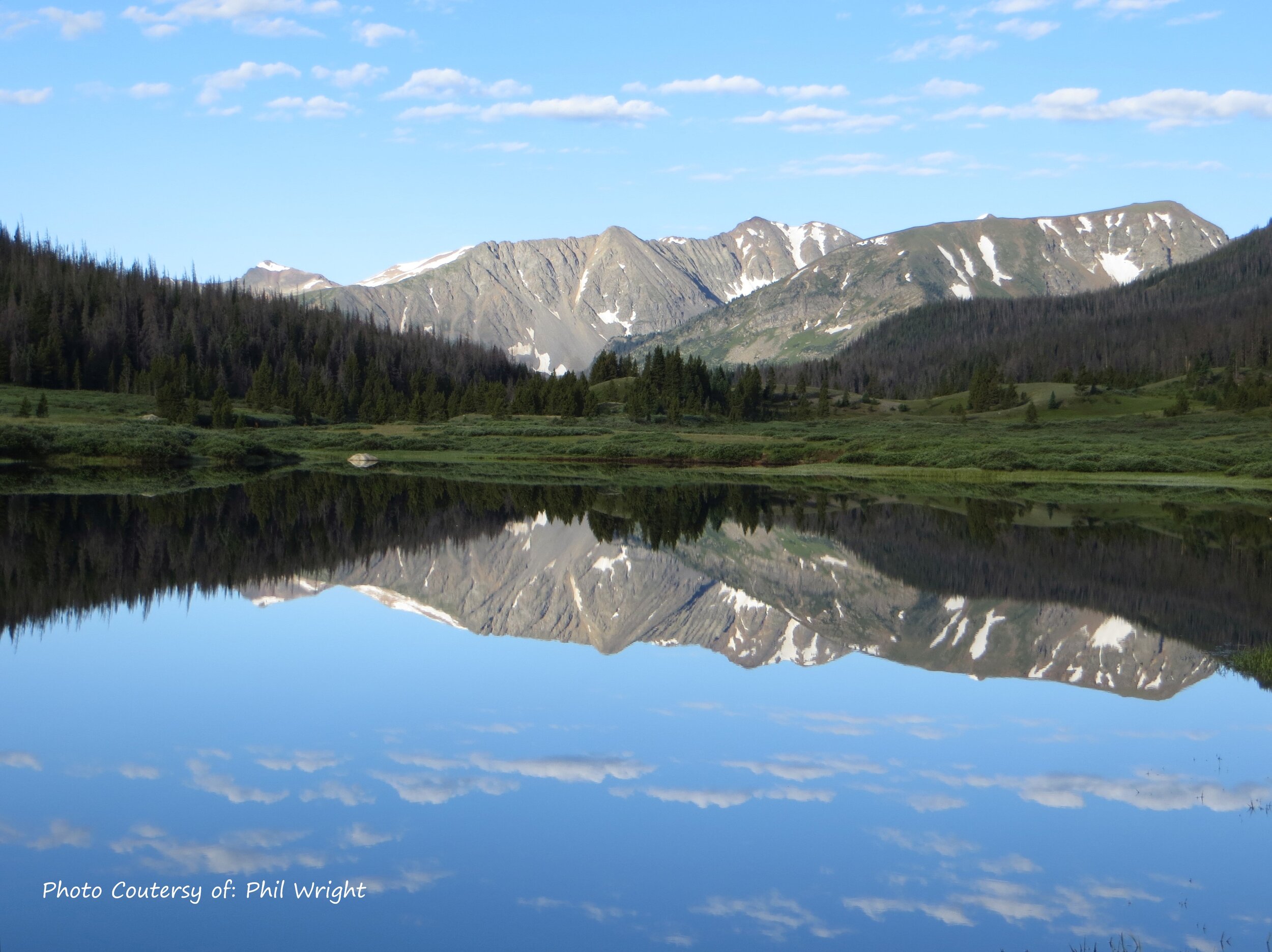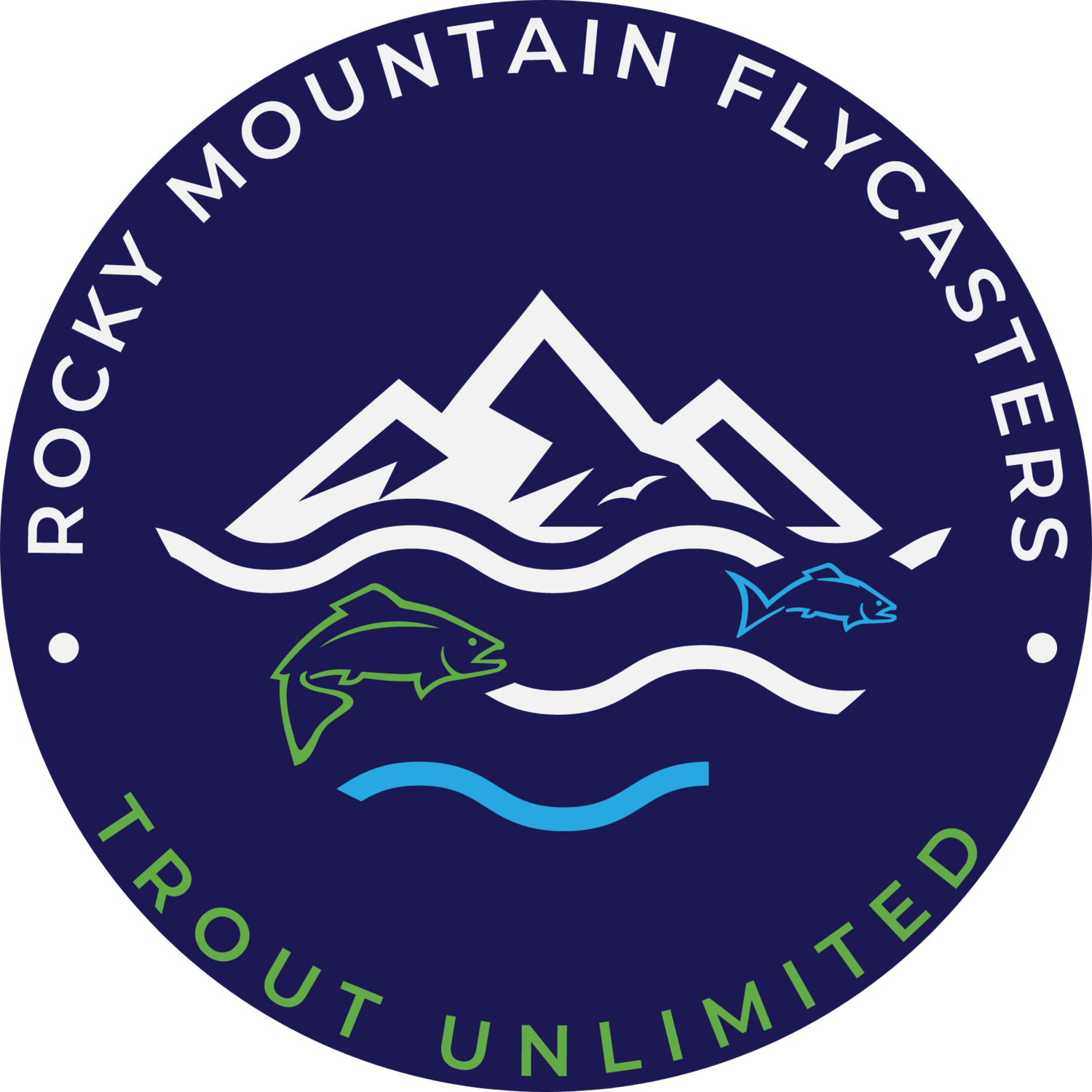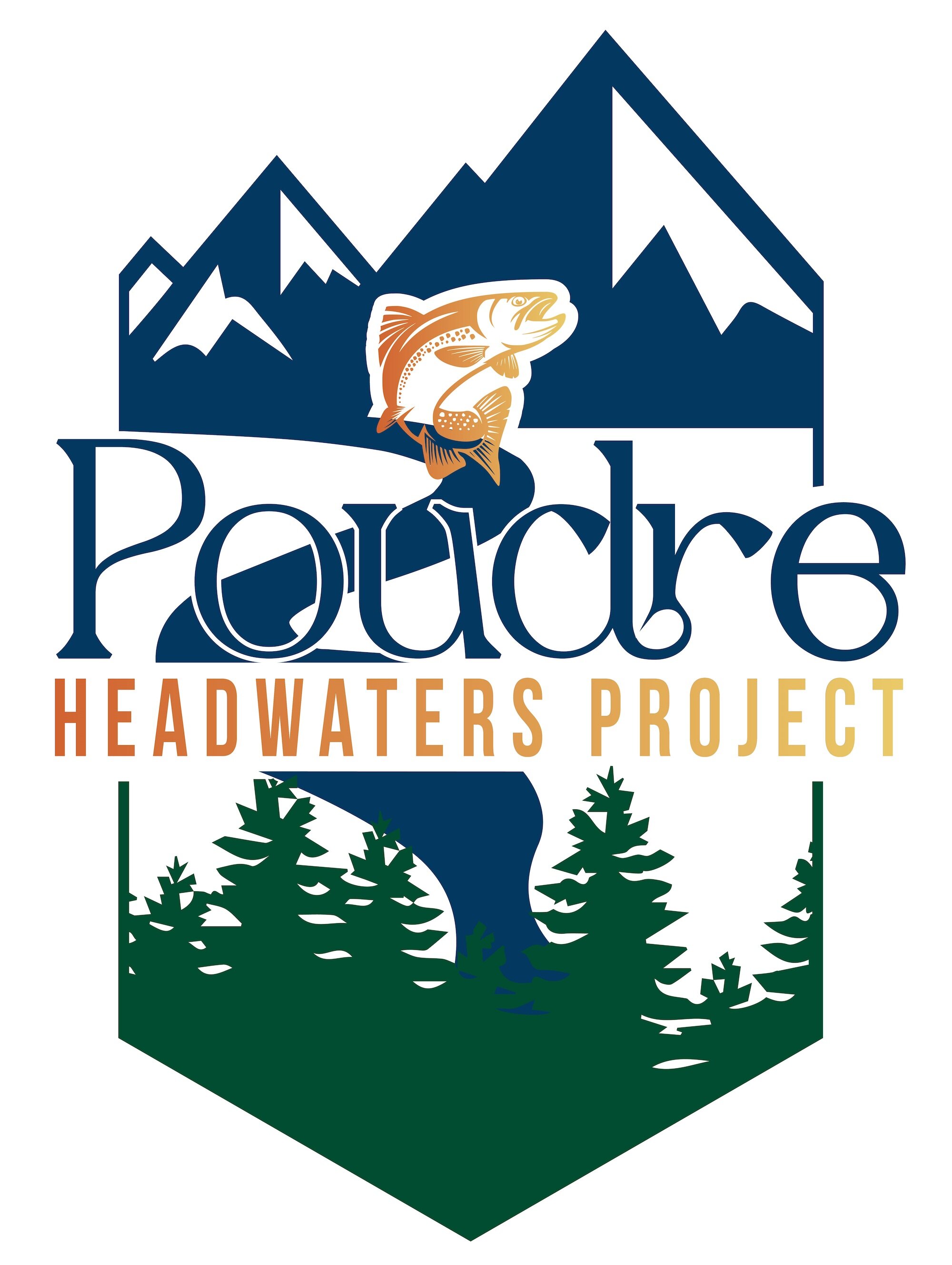
Poudre Headwaters Project
The Poudre Headwaters Project is the keystone project of the Rocky Mountain Flycasters Chapter of Trout Unlimited.
In partnership with local agencies, RMFTU is contributing volunteers and funding to help complete the Poudre Headwaters Project to provide a secure habitat for the Colorado State Fish, the Greenback Cutthroat Trout. Once complete, the project will be the largest interconnected restoration area in the state of Colorado.
Completion of all project elements is expected to take another 10 - 12 years, but when completed will provide for a connected “metapopulation” of trout across the watershed – the largest such restored native trout habitat in Colorado. The project area spans approximately 40 miles of connected river and multiple lakes, as well as Long Draw Reservoir itself. To protect the watershed from invasion by non-native species, fish barriers will be established on the Grand Ditch and on the mainstem Cache la Poudre below its confluence with La Poudre Pass Creek. Within the project area, temporary barriers will also be installed to enable fishery biologists to complete restoration of native trout one section of the basin at a time. After installing temporary barriers, biologists will remove non-native fish from the upstream areas. Once the areas are confirmed to be free of non-native trout, they will be re-stocked with native Greenback Cutthroat Trout. Below are several assets related to the project that we encourage you to view to learn more and share with anyone you know that might be interested.
Check out the Preliminary assessment of fish passage through the Big South Canyon of the Poudre River.
This report is largely based on the hook and line sampling work that so many RMFTU chapter volunteers assisted with during the 2021 field season. The goal of The study was to evaluate the potential of naturally-occurring waterfall features in the Big South Canyon of the Cache la Poudre River to serve as a fish passage barrier for the Poudre Headwaters Project. Preliminary evidence suggests that no single alternative waterfall identified is an absolute fish passage barrier; however, there are areas that can be further evaluated.

